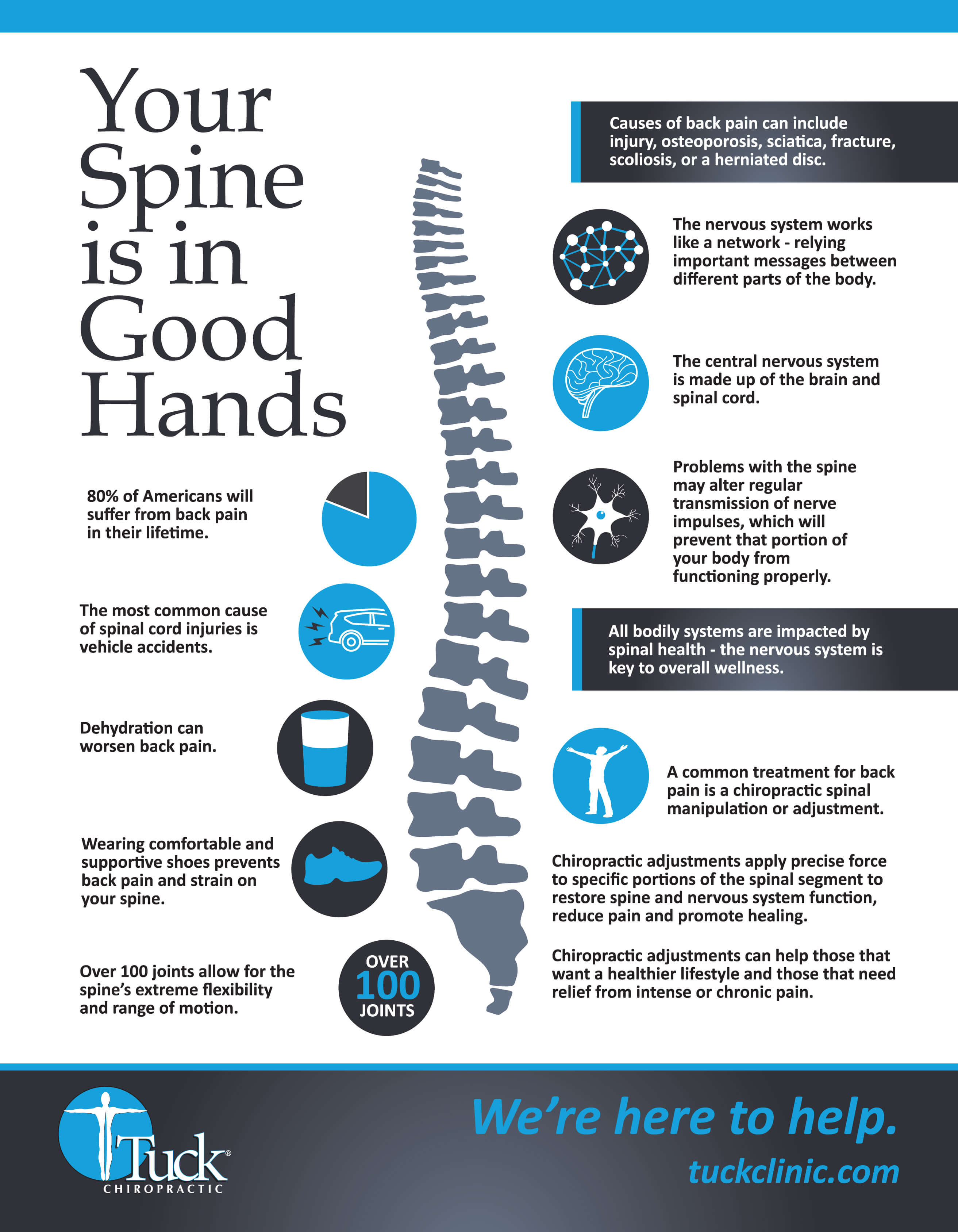Why Does Soft Tissue Treatment Pain? Recognizing The Process
Why Does Soft Tissue Treatment Pain? Recognizing The Process
Blog Article
Material By-Carson Jacobson
When you undertake soft Tissue therapy, you might find it remarkably unpleasant. This discomfort emerges as pressure is put on strained muscles and damaged cells, causing your discomfort receptors. While massage spa st paul mn can really feel upsetting in the minute, there's a reason behind this sensation. Comprehending what happens in your body throughout these therapies can aid you appreciate the procedure. So, what exactly is taking place under the surface area?
The Physiology of Pain Throughout Soft Tissue Treatment
When you undergo soft Tissue therapy, your body's feedback to discomfort is a complicated interaction of physical processes. As the therapist uses pressure, your body turns on discomfort receptors, sending signals to your mind. This triggers the launch of neurotransmitters, such as substance P and glutamate, which intensify the experience of pain.
Your muscular tissues may also tighten in action, more making complex the experience. Additionally, your body may launch endorphins, natural pain relievers that can help minimize some discomfort.
The communication in between these procedures can create a special experience for every person. Comprehending this physiological feedback aids you browse the sensations throughout therapy, enabling you to appreciate the equilibrium between pain and the possibility for healing advantages.
The Duty of Discomfort in the Healing Process
Although discomfort throughout soft Tissue treatment can feel overwhelming, it plays an important function in the recovery process. When you experience pain, your body is signaling that it's working to fix damaged tissues. This reaction helps increase blood circulation to the affected location, providing crucial nutrients and oxygen required for healing.
In addition, discomfort can promote the release of endorphins, your body's natural medicines, producing a sense of alleviation post-treatment. Accepting this pain can assist you understand your body's restrictions and encourage you to address underlying concerns.
While visit this site right here , this process is essential for long-term recuperation and improved feature. Recognizing discomfort as an essential part of recovery can encourage you to stay devoted to your treatment.
Tips for Managing Pain During and After Therapy
Managing discomfort throughout and after soft Tissue therapy can significantly boost your overall experience and recovery.
To start, communicate openly with your therapist about your discomfort levels; they can change techniques as necessary. Utilizing deep breathing methods can likewise help you relax and minimize pain.
Think about applying ice to the treated location post-session to decrease swelling and numb discomfort. Staying hydrated help in the healing process, so consume alcohol plenty of water.
Gentle stretching and light movement after treatment can promote blood circulation and ease stiffness. Lastly, guarantee you get sufficient rest to enable your body to heal.
Carrying out these tips can make your soft Tissue therapy more manageable and satisfying.
Final thought
Finally, while soft Tissue treatment can be uncomfortable, it's vital to acknowledge that this pain plays a vital duty in your recovery journey. By recognizing the physiological actions at play, you can come close to the therapy with an extra favorable state of mind. Bear in mind, the preliminary discomfort typically gives way to relief as your body releases endorphins. Accept the process, and do not think twice to use the ideas for managing discomfort to boost your experience and healing.
